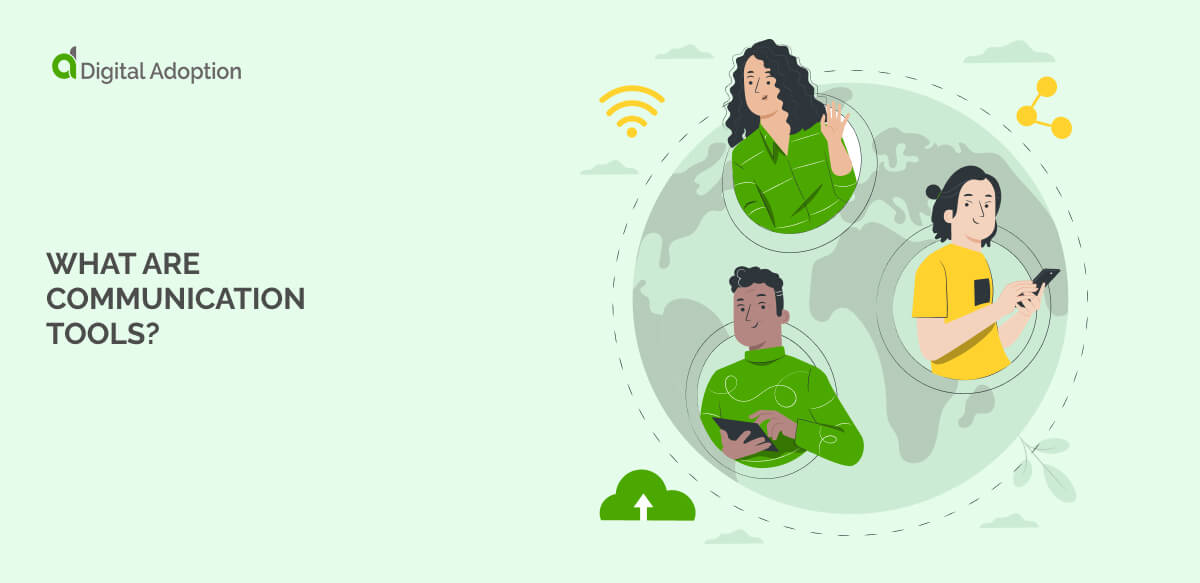Communication tools use cases
Communication tools are used across many industries to improve collaboration, streamline work, and boost business success.
Each industry has different needs, and the tools it uses can significantly impact productivity, efficiency, and customer satisfaction.
Here are three examples of how communication tools work in different business settings.
Healthcare
Scenario: A healthcare provider uses video conferencing to allow doctors to meet with patients remotely, especially for follow-up appointments.
Method: The provider uses a secure video platform that meets privacy standards, so doctors and patients can have virtual consultations instead of in-person visits.
Outcome: This tool makes healthcare more accessible, reduces the need for travel, and saves time. It also improves patient satisfaction by offering more flexible appointment options.
Retail
Scenario: A retail company uses a team messaging app to improve communication between sales, marketing, and logistics teams.
Method: The company adopts a messaging platform like Slack to share updates and collaborate in real-time on product launches, promotions, and inventory.
Outcome: With better communication, teams are more aligned and decisions are made faster. This leads to smoother operations, quicker product deliveries, and more effective marketing campaigns.
Technology
Scenario: A software development company uses a project management tool to help organize its product development process.
Method: The company uses tools like Trello or Jira to track tasks, assign roles, and update team members on project progress. The tool also connects with other communication platforms like email and chat.
Outcome: The tool keeps the team organized, ensures tasks are prioritized, and helps meet deadlines. It reduces confusion, speeds up product development, and helps get new software to market faster.

